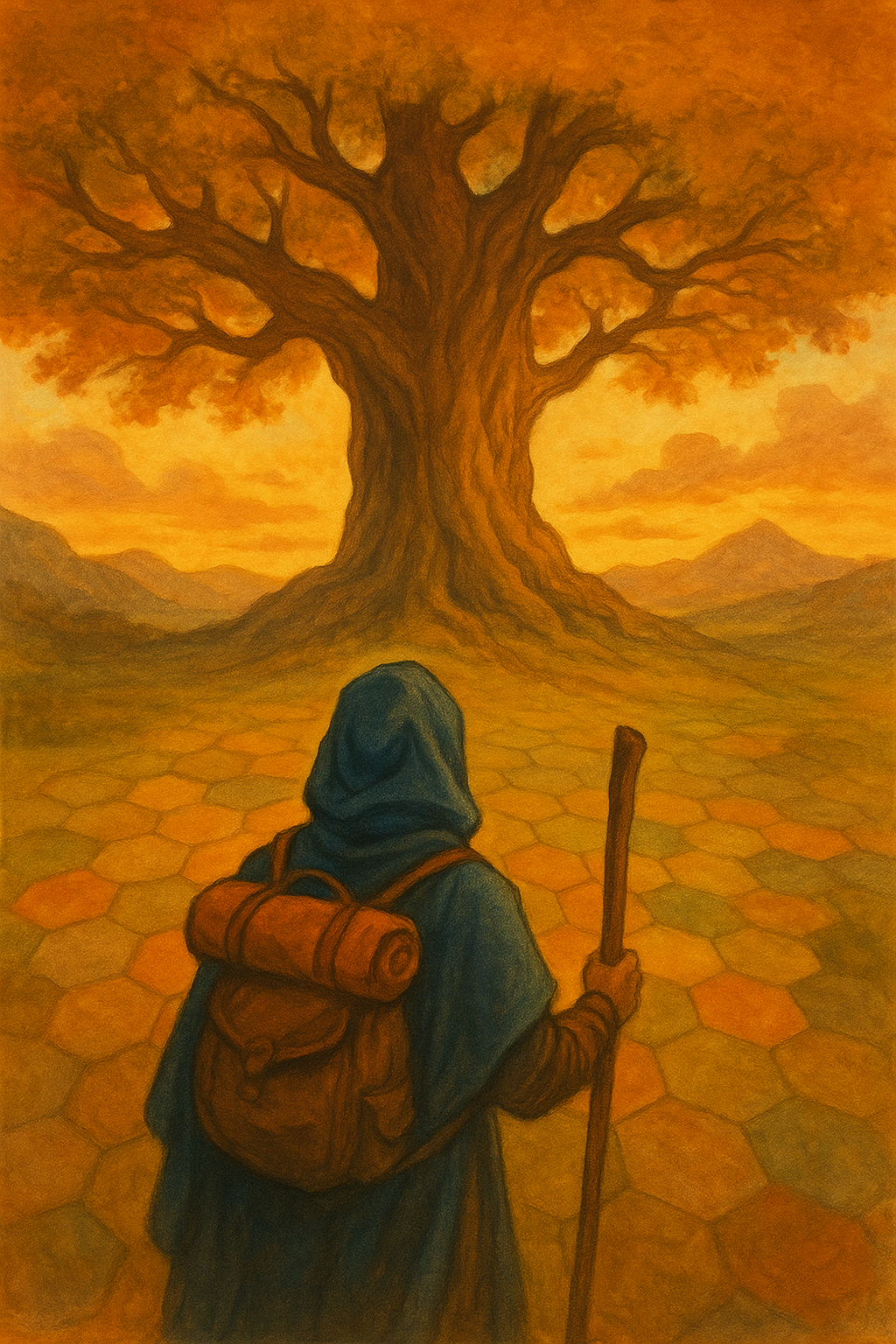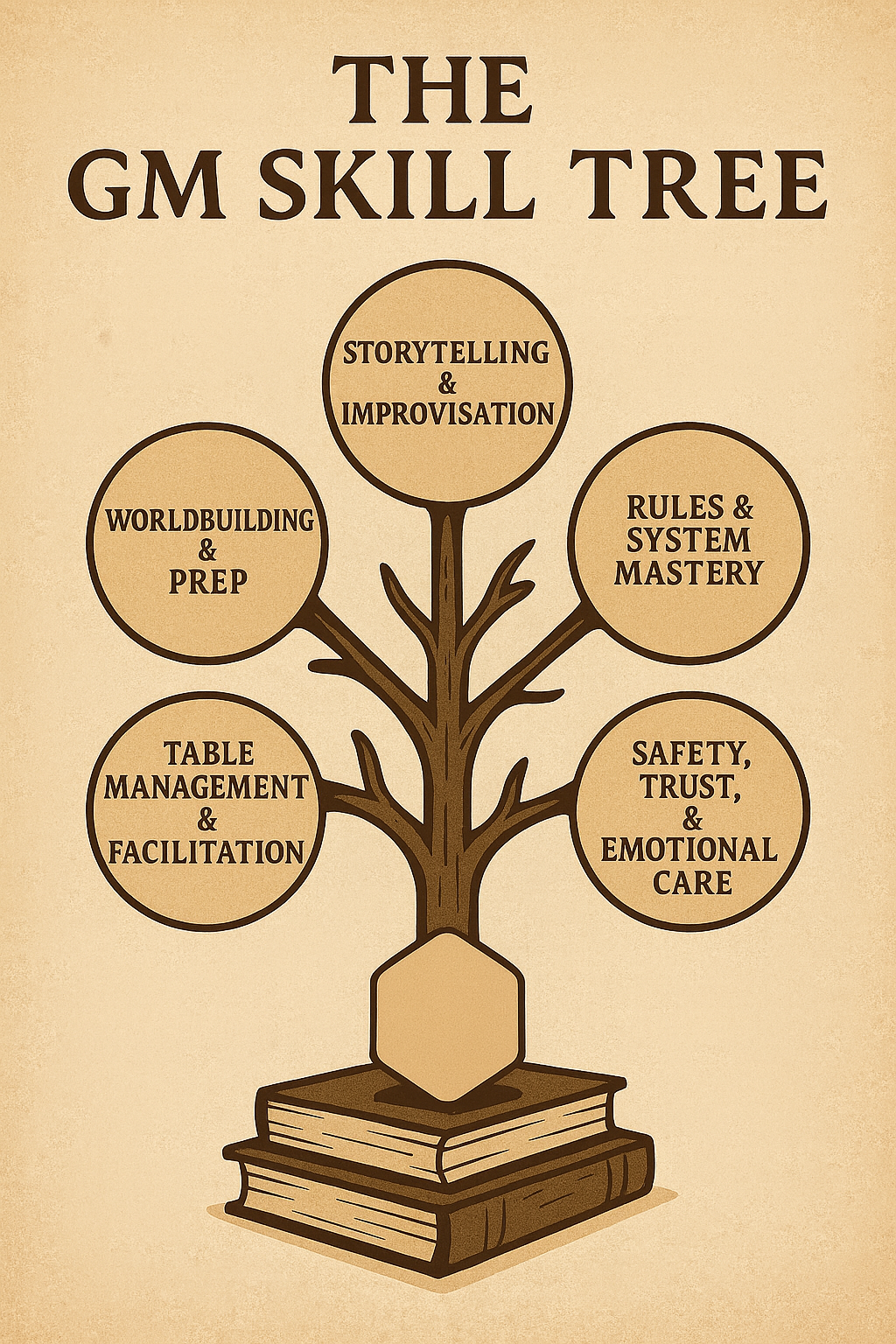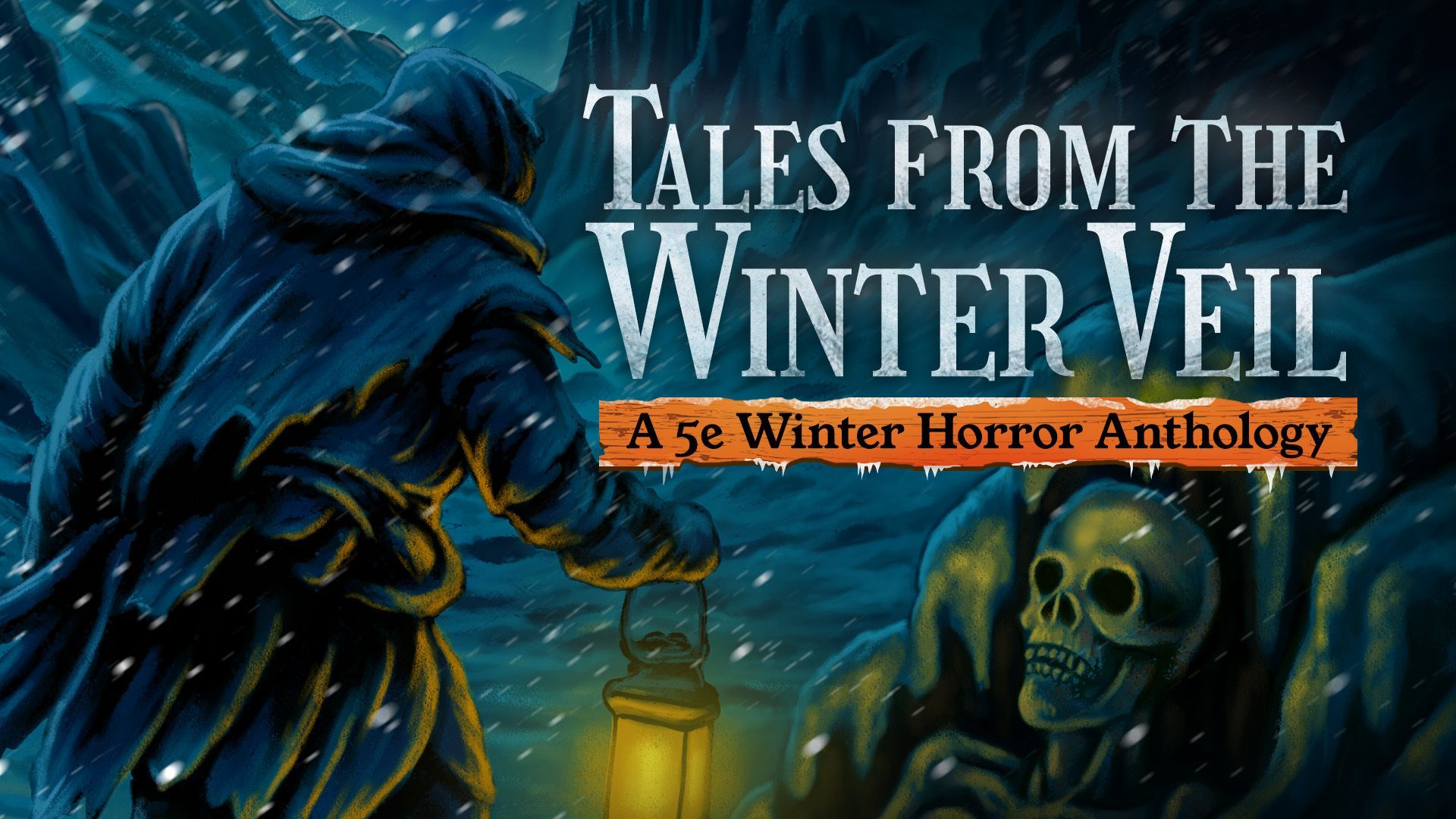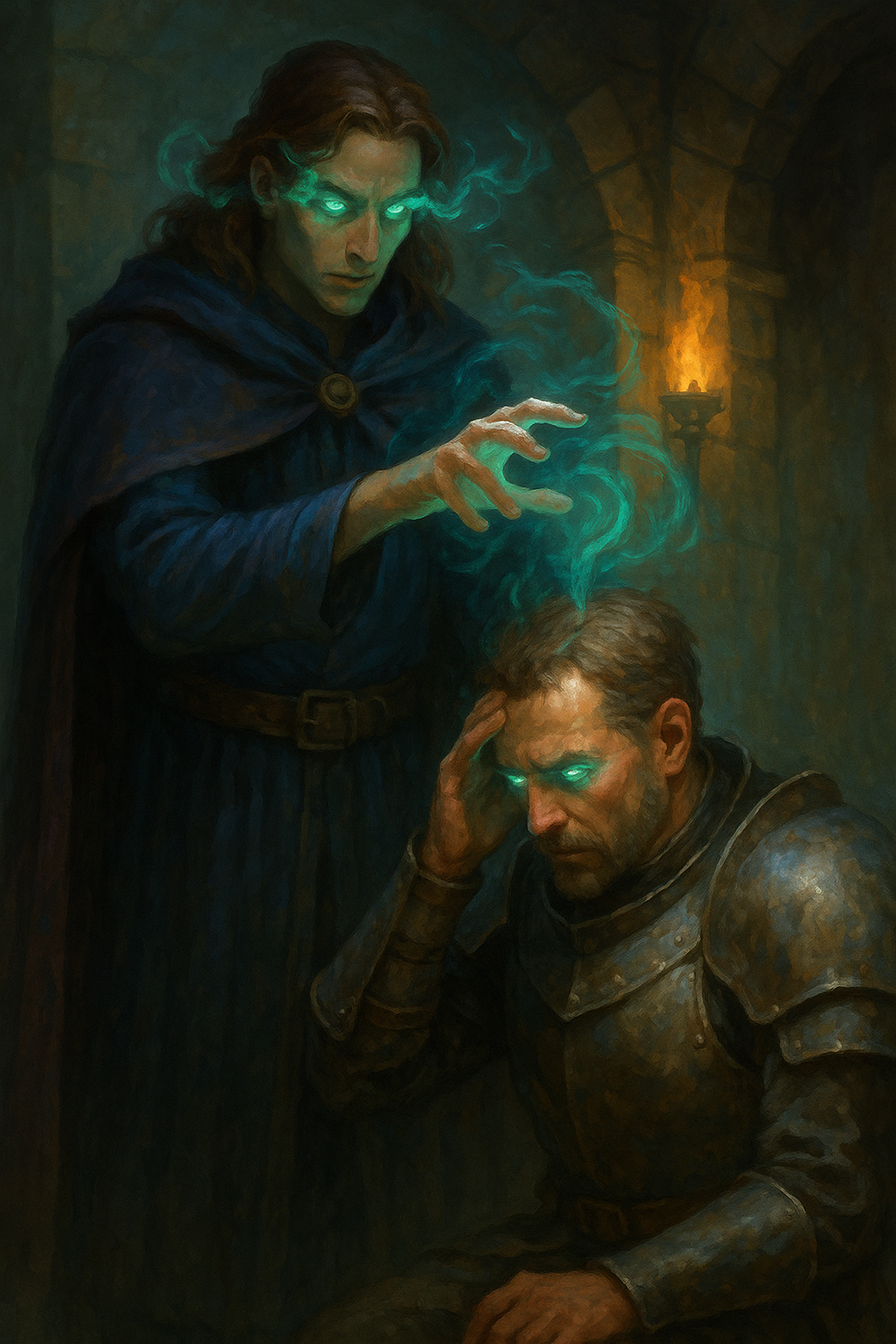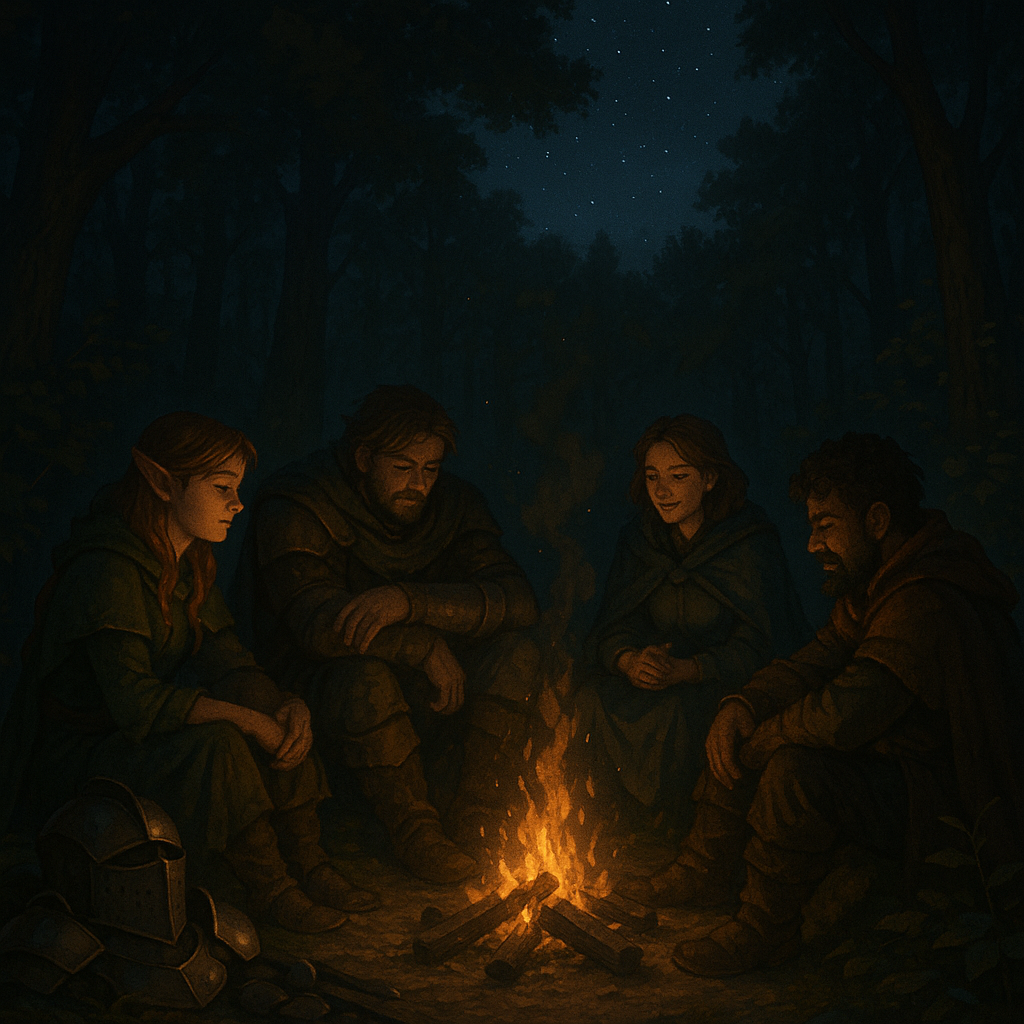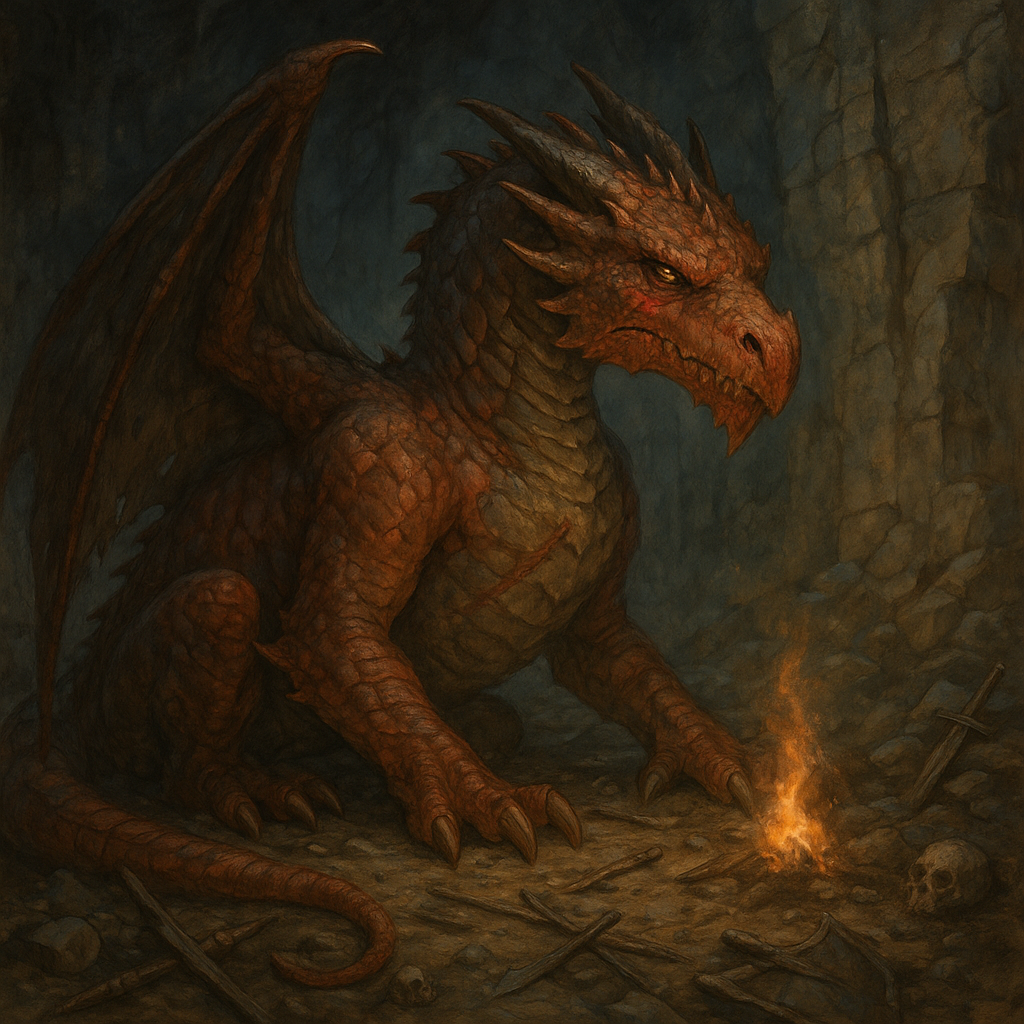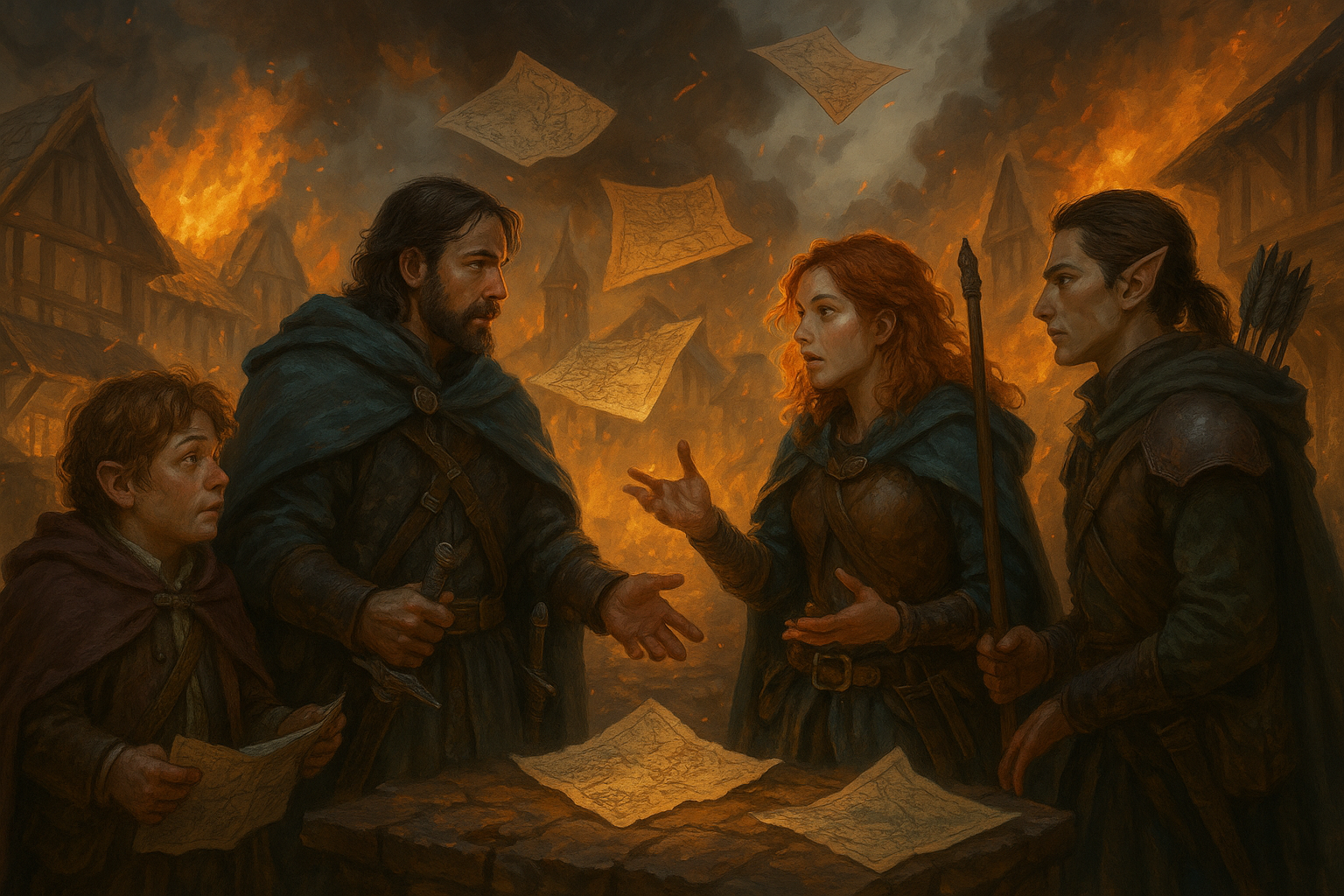The Psychology of the Party: Why Adventuring Groups Succeed or Fall Apart
When a party becomes a party
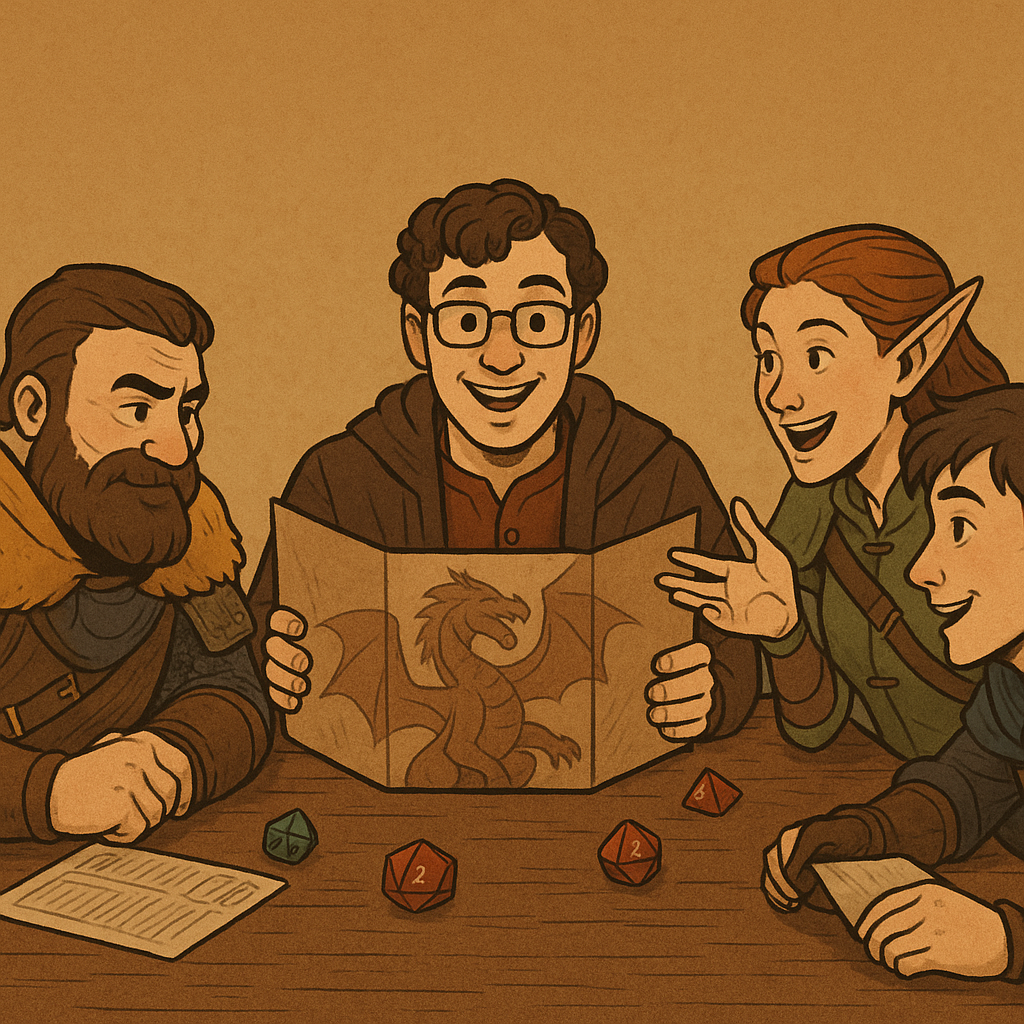
Dear Readers,
Every adventuring party is a strange little ecosystem—part friendship, part battlefield, part therapy session held at a table covered in dice and pizza grease. Beneath the dragons and the dungeons lies a more fascinating creature than any owlbear: the group itself.
Why do some parties feel like the Fellowship of the Ring—tight-knit, self-sacrificing, and gloriously dysfunctional in all the right ways—while others implode faster than a fireball in a wooden tavern? The answer lies not in alignment charts or initiative rolls, but in psychology: the invisible web of needs, motives, and temperaments that bind—or break—your table.
Let’s explore the strange and marvelous mental machinery that makes an adventuring group tick, and what you, as a Dungeon Master or player, can learn from it.
The Fellowship Effect: Why Groups Form in the First Place
At its heart, an adventuring party is a social contract. Whether consciously or not, every group agrees to suspend disbelief, share spotlight time, and face adversity together. This act of collective imagination is profound—it’s cooperation as performance art.
Psychologist Bruce Tuckman famously described group development in four stages: forming, storming, norming, and performing.
- Forming: The party meets in a tavern—or at the gaming table—and politeness reigns. Everyone is feeling each other out.
- Storming: Conflicts emerge. The rogue steals the wizard’s spell components. Someone keeps making fart jokes during tense scenes. The group is testing boundaries.
- Norming: The players adjust. Trust forms. The paladin stops sermonizing every goblin encounter. The bard learns to wait their turn to flirt.
- Performing: The party hums like a well-oiled machine. Plans form without argument. The group laughs at its own failures. Victory and tragedy are shared, not hoarded.
- Adjourning: The party has completed its task and begins disbanding. While the characters may be like this, our hope is that the players do not.
When your adventuring group reaches performing, you’ve got a fellowship. Anything less, and you’re still building the bridge between strangers.
Why Heroes Clash: Ego, Spotlight, and the Need to Matter
No one rolls dice just to watch someone else have fun. Every player wants to feel seen. That’s not selfish—it’s human. The need for significance is one of our most basic social drives.
The trouble comes when that need collides with others’. When one player dominates the spotlight—monologuing in every negotiation, demanding the best loot, hogging the emotional arcs—tension brews. But just as toxic is the player who hides behind the excuse of “I’m just playing my character” to justify selfishness.
Conflict, in moderation, gives life to a game. Rivalries and moral disagreements can lead to memorable storytelling. But unchecked, they rot the party from the inside out. A good DM learns to redirect personal tension into narrative tension—turning resentment into roleplay fuel. If your barbarian and wizard are at odds, give them a quest that forces them to rely on each other. Suddenly, what was friction becomes character development.
The Party as a Mirror: Projection and Persona
Tabletop gaming is psychological theater. Every character is a mask—a persona in the truest sense of the word. Sometimes that mask expresses a hidden part of ourselves. Sometimes it’s an escape hatch.
The player who plays a ruthless assassin might be exploring control in a life that feels chaotic. The paladin might be seeking moral clarity in a confusing world. The clownish bard may be masking anxiety with humor. These aren’t pathologies—they’re the gifts of roleplay.
However, the danger emerges when players project too much—when personal insecurities bleed into the fiction. The argument over treasure division becomes an argument about fairness in real life. A character’s betrayal hits too close to home. As DM, you’re not a therapist, but you are a facilitator of emotion. Recognize when the line between play and pain blurs, and gently guide the group back to safer shores.
A good rule of thumb: if a player’s reaction feels bigger than the scene warrants, step back and check in. Sometimes, the dungeon isn’t what’s dark—it’s the week someone’s had outside it.
The Dungeon Master’s Dilemma: Managing Group Psychology
Being a DM is equal parts storyteller, referee, and social scientist. You’re not just running monsters; you’re managing motivation.
Strong DMs balance autonomy (freedom of choice) with structure (clear goals). Too much autonomy, and chaos reigns. Too much structure, and players feel railroaded. The sweet spot is guided discovery—you provide the world, they fill it with meaning.
Just as vital is emotional pacing. Campaigns breathe best when triumphs and tragedies alternate. A non-stop string of victories breeds boredom; a never-ending spiral of despair crushes morale. Reward teamwork. Spotlight quieter players. De-escalate table arguments with humor, or redirect them into in-character banter.
Above all, make space for empathy. The best DMs listen as much as they narrate.
The Four Party Archetypes
Every table evolves its own chemistry, but most fall somewhere into one of these broad psychological categories:
- The Fellowship (Balanced Cooperation):
The ideal. Characters complement each other. Conflicts exist but resolve organically. Players respect each other’s arcs. These are the campaigns that run for years. - The Hydra (Dominant Ego):
One or two strong personalities control the table. Others either orbit them or disengage entirely. The game survives but limps. The DM becomes an exhausted peacekeeper. - The Mirage (Polite Apathy):
No one argues, but no one truly invests either. Sessions feel like social obligation. Conflict avoidance leads to blandness. The Mirage collapses quietly—no fight, just fade-out. - The Pyre (Explosive Conflict):
Intense passion and creativity, but zero restraint. Every debate becomes an argument. The campaign burns hot and bright, then immolates itself spectacularly.
Recognizing which type you’re steering toward helps you correct course early. You can’t stop all conflict—but you can ensure it serves the story rather than scorches it.
Party Roles Beyond Class Sheets
Just as there’s a Fighter, a Rogue, and a Cleric, there are psychological roles at every table. They’re not written on a character sheet, but they shape every encounter:
- The Organizer: Schedules games, tracks notes, often the group’s de facto leader out of game.
- The Heart: Keeps morale up. Mediates arguments. Their laughter can rescue a failing session.
- The Maverick: Creative, impulsive, sometimes frustrating—but their chaos keeps things fresh.
- The Scholar: Knows the rules, the lore, and probably three different PDFs of errata.
- The Ghost: Misses sessions, forgets their dice, and yet somehow lands the killing blow every boss fight.
A strong DM recognizes these roles and values them. Even the chaos-bringer contributes energy. The key is balance—making sure no role drowns the others.
Shared Identity: The Secret Glue
Why do some groups endure? Shared identity. When the players start talking in we language—“we saved the village,” “we can’t let her die,” “we’re the heroes now”—the group has transcended individual play. They’ve become a unit.
Social psychologists call this ingroup cohesion. In practice, it means players care about the team’s story more than their own stats. They start taking risks not for XP, but for each other. It’s the invisible shift that transforms a campaign from a hobby to a shared myth.
To cultivate it, highlight their unity. NPCs should remember them as a collective. Rewards should depend on joint effort. If one player shines, let the others benefit narratively—team prestige, shared reputation, group downtime scenes. The party that eats together, fights together, and grieves together becomes a family of choice.
The Villains Within: Toxic Patterns and How to Break Them
Even the healthiest table can sour. Let’s name the culprits, so we can banish them like cursed artifacts:
1. The Spotlight Hog:
Everything revolves around them. Cure: active scene rotation. Give every player a private victory now and then.
2. The Rules Lawyer:
Technically correct but emotionally exhausting. Cure: give them an official helper role—“rules consultant.” It channels the energy constructively.
3. The Edge Lord:
Constantly tests moral limits “for realism.” Cure: boundaries conversation. Realism isn’t fun if it wounds others.
4. The Ghoster:
Flaky attendance derails continuity. Cure: lower-stakes drop-in sessions, or reframe absences as in-world mysteries.
5. The Silent Resenter:
Never complains but quietly disengages. Cure: private check-ins. Ask what would make them excited to return.
If you recognize yourself in one of these archetypes—good. Awareness is step one toward growth. Remember: no party dynamic is fixed. Every group can recalibrate if honesty and grace take the lead.
Why Some Groups Thrive on Chaos
Not all dysfunction is doom. Some groups thrive precisely because of their tension. Think of The Witcher’s ragtag band or Critical Role’s Mighty Nein—messy, emotional, gloriously human.
The trick lies in containment. Healthy chaos has clear boundaries. The rogue betraying the party in-character is thrilling if everyone’s in on the narrative payoff. It’s toxic only when the player uses it to hurt others.
Chaos-driven parties often excel at storytelling but need consistent emotional debriefs. After a high-drama session, talk out-of-character. “Was everyone okay with that twist?” “Did that scene feel fair?” These debriefs release emotional pressure and keep fiction from infecting friendship.
A good rule: the game ends when the dice stop rolling. Real feelings belong outside the initiative tracker.
The Power of Ritual
Every lasting group builds rituals, whether they realize it or not. Shared jokes, pre-game playlists, snacks of choice, even the way dice are rolled—all these become cultural glue. Rituals create safety. They say, “We belong here.”
Psychologists studying group identity find that rituals increase trust and empathy. For gamers, that might look like:
- The cleric’s toast before every boss fight.
- The barbarian who rolls his lucky d20 only on critical moments.
- The DM who ends every session with “You level up!” or “The night grows darker still.”
Never underestimate these small moments. They anchor the story in emotion, transforming a random assortment of people into a party.
The Great Betrayal: When Parties Fall Apart
It happens. Despite best intentions, despite love and laughter, a group collapses. Life intervenes. Schedules clash. Personalities grind down. Sometimes one bad argument nukes months of trust.
When it happens, mourn it like any loss—but also reflect. What worked before it broke? What do you want to carry forward to the next campaign?
Postmortems are healthy. Gather the group one last time—not to assign blame, but to celebrate what you built together. Every campaign leaves residue: catchphrases, memes, inside jokes, even changed friendships.
And if you’re the DM, take heart: endings aren’t failures. Every campaign teaches you a new piece of the puzzle called human connection.
Building Better Bonds: Lessons from the Table
- Listen actively.
Whether you’re a player or DM, half of table harmony is feeling heard. - Celebrate others’ victories.
Nothing strengthens trust like genuine joy for someone else’s moment. - Respect boundaries.
Consent and comfort make collaboration sustainable. - Debrief often.
Talk about emotional scenes, expectations, and enjoyment. - Laugh. Constantly.
Humor heals more wounds than healing potions ever could.
Roleplaying is cooperative storytelling powered by emotion. It asks us to be vulnerable, creative, and trusting—all at once. When it works, it’s transcendent. When it doesn’t, it’s educational. Either way, it’s deeply, beautifully human.
Epilogue: The Party You Keep
The real treasure of tabletop roleplaying isn’t gold or XP—it’s empathy. Every session asks, “What happens when people share a story?”
Some parties are meteors—bright and brief. Others are constellations that last for years. Both are valid, both meaningful. What matters is the willingness to show up, roll dice, and care about each other for a few precious hours at a time.
So the next time you gather at the table, take a moment to look around. The heroes, the fools, the weirdos, the friends—you’re witnessing something rare: collaborative mythmaking. It’s messy. It’s glorious. And it’s yours.
Until next time, Dear Readers...















